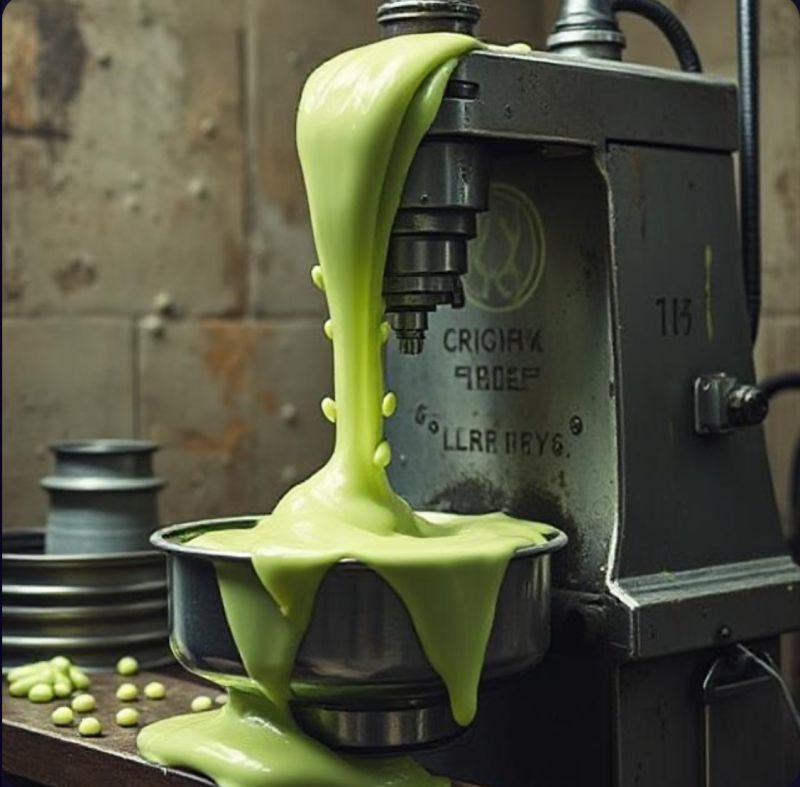A vague developing thought on image-generation LLMs: used to be with image banks etc that you’d have to find a metaphor that worked and apply it, creating a layer that made readers think a little differently about the piece. Not everything — “senior looks baffled by technology” stock photos will always be with us — but broad writing would often be paired with conceptual visuals.
You’d sift through some banks and look for something that makes connective sense, but isn’t literally the headline regurgitated as a vaguely Ghibliesque picture. Or, saints be praised, hire and work with an artist who brings an intelligent interpretation to the piece.
You’re writing something on, I don’t know, inheritance tax. How do you show the positive or negative (depending on your slant) of this? To the image bank, or ask an artist for help: you might not be thinking of “large fish eats smaller fish” or “the old piggy banks where the hand grabs the coin” but once you see them, you think “oh, that’s an interesting way to look at this” and you’re off to the races. You’re forced into a metaphorhical framework.
Now that you can generate literal slop (both meanings of literal) to illustrate. Type “inheritance tax is bad” into an AI image generator and you get this kind of good-enough shiny horseshit, which adds no value to the overall piece, it’s just confirmatory noise (and eerily close to the “senior baffled by technology” trope:

We’re losing a layer of metaphor:substance in illustrated pieces in favour of literal:literal, and I think that ultimately makes the reading and thinking components just a little bit worse.
